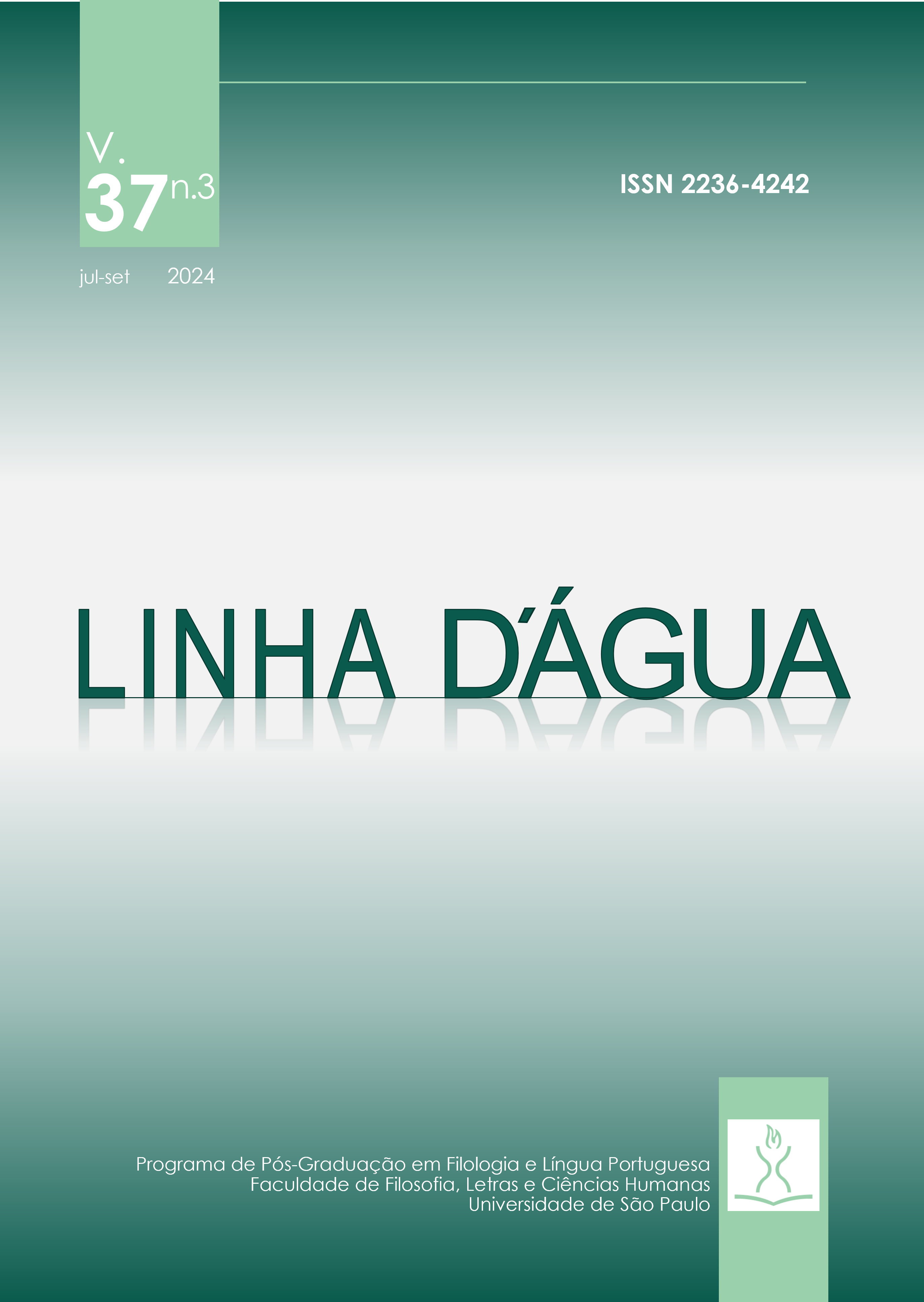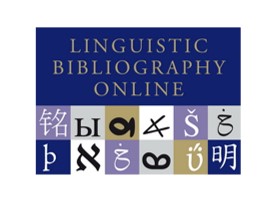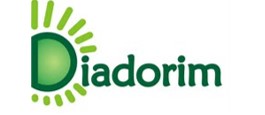‘There’s a liar here!’: eristic configurations of the televised debate between candidates for Brazil’s 2022 presidential election
DOI:
https://doi.org/10.11606/issn.2236-4242.v37i3p50-68Keywords:
Rhetoric, Argumentation, Lula, Bolsonaro, ElectionsAbstract
The 2022 presidential race in Brazil was marked by intense polarization. Based on this, this paper seeks to identify and describe the eristic strategies mobilized in the interactions of the Band's televised debate in the second round of the 2022 elections, more specifically ad hominem and ad personam arguments. This research falls within the fields of rhetoric and argumentation, focusing on authors Aristotle (2005), Schopenhauer (2009), Mateus (2018), and Amossy (2020). As a methodology, the paper is a bibliographic-documentary research of descriptive and explanatory nature. Finally, the results of the analysis indicate the frequent use, in this debate, of ad hominem and ad personam attacks, intending to discredit the opponent through different strategies, such as the use of data, the approach to reprehensible acts, the strategic management of reported speech, among other procedures, revealing a variety of different ways of carrying out the personal attack beyond what was postulated by Schopenhauer in his Treatise on Eristics (2009). In this way, a strongly adversarial and polarized interaction was exposed around pre-established convictions, these being the eristic elements that shaped the 2022 debates in general.
Downloads
References
ABREU, A. S. A arte de argumentar: gerenciando razão e emoção. 13 ed. Cotia: Ateliê Editorial, 2009.
AMOSSY, R. A argumentação no discurso. Trad. Eduardo Lopes Piris, Moisés Olímpio Ferreira et al. São Paulo: Contexto, 2020.
AMOSSY, R. Por uma análise discursiva e argumentativa da polêmica. EID&A, Revista Eletrônica de Estudos Integrados em Discurso e Argumentação, v. 13, n. 1, p. 227-244, 2017. https://doi.org/10.17648/eidea-13-1526.
AMOSSY, R. Apologia da polêmica. Trad. Mônica Magalhães Cavalcante. São Paulo: Contexto, 2017.
ARISTÓTELES. Retórica. Tradução e notas de Manuel Alexandre Junior et al. Lisboa: Imprensa Nacional — Casa da Moeda, 2005.
BAND JORNALISMO. DEBATE NA BAND: PRESIDENCIAL 2022 — SEGUNDO TURNO. 16 out. 2022. Youtube. Disponível em: https://www.youtube.com/watch?v=iYVk1CeIs60. Acessado em: 31 aug. 2024.
BRAGA, D. Prós e Contras: o debate político televisivo como sub-género/sub-tipo de interacção verbal, Revista Galega de Filoloxía, Universidade da Coruña, n. 7, p. 29-65, 2006. Disponível em: http://hdl.handle.net/2183/2627. Acesso em: 31 aug. 2024.
BRINTON, A. A rhetorical view of the ad hominem. Australasian Journal of Philosophy, v. 63, n. 1, p. 50-63, 1985.
COURTINE, J.-J. Os deslizamentos do espetáculo político. In: GREGOLIN, M.R. (Org). Discurso e mídia. A cultura do espetáculo. São Carlos: Claraluz, 2004. p. 21-34.
CULPEPER, J. Impoliteness: using language to cause offense. Cambridge: Cambridge University Press, 2011.
DEBORD, G. A sociedade do espetáculo. Rio de Janeiro: Contraponto, 1997.
FIORIN, J. L. Argumentação. São Paulo: Contexto, 2015.
KERBRAT-ORECCHIONI, C. Les interactions verbales 1: Approche interactionnelle et structure des conversations. Paris: Armand Colin, 1990.
KERBRAT-ORECCHIONI, C. Análise da conversação: princípios e métodos. Trad. Carlos P. Filho. São Paulo: Parábola Editorial, 2006.
MATEUS, S. Introdução à retórica no séc. XXI. Covilhã: LabCom.IFP, 2018.
PERELMAN, C.; TYTECA, L. O. Tratado da argumentação: a nova retórica. 3 ed. Trad. Maria Ermantina de Almeida Prado Galvão. São Paulo: Martins Fontes, 2014.
PIRIS, Eduardo Lopes. Argumentação erística nas interações digitais: uma polêmica médica sobre a cloroquina no Debate 360 da CNN Brasil. Rev. Estud. Ling., Belo Horizonte, v. 29, n. 4, p. 2289-2333, 2021.
SCHOPENHAUER, A. A arte de ter razão exposta em 38 estratagemas. São Paulo: Martins Fontes, 2009.
SILVA, R. B.; SANTOS, M. F. O.; SANTOS, J. M. A persuasão textual nas tentativas de persuadir do debate político presidencial brasileiro. Cadernos de Linguística, v. 1, n. 2, p. 01-17, 2020.
WALTON, D. The New Dialectic: Conversational Contexts of Argument. Toronto: University of Toronto Press, 1998.
Downloads
Published
Issue
Section
License
Copyright (c) 2024 Isabelle Fonseca Bezerra, Renan Mazzola

This work is licensed under a Creative Commons Attribution-NonCommercial 4.0 International License.
The Editorial Board authorizes free access to and distribution of published contentes, provided that the source is cited, that is, granding credit to the authors and Linha D'Água and preserving the full text. The author is allowed to place the final version (postprint / editor’s PDF) in an institutional/thematic repositor or personal page (site, blog), immediately after publication, provided that it is available for open access and comes without any embargo period. Full reference should be made to the first publication in Linha D'Água. Access to the paper should at least be aligned with the access the journal offers.
As a legal entity, the University of São Paulo at Ribeirão Preto School of Philosophy, Sciences and Languages owns and holds the copyright deriving from the publication. To use the papers, Paidéia adopts the Creative Commons Licence, CC BY-NC non-commercial attribution. This licence permits access, download, print, share, reuse and distribution of papers, provided that this is for non-commercial use and that the source is cited, giving due authorship credit to Linha D'Água. In these cases, neither authors nor editors need any permission.
Partial reproduction of other publications
Citations of more than 500 words, reproductions of one or more figures, tables or other illustrions should be accompanied by written permission from the copyright owner of the original work with a view to reproduction in Linha D'Água. This permission has to be addressed to the author of the submitted manuscript. Secondarily obtained rights will not be transferred under any circumstance.
How to Cite
Funding data
-
Conselho Nacional de Desenvolvimento Científico e Tecnológico
Grant numbers PIBIC-FALE-2023










